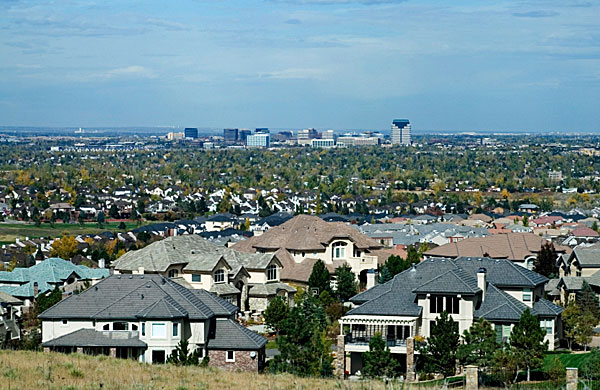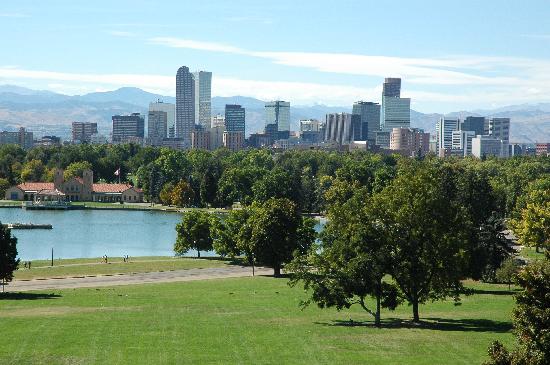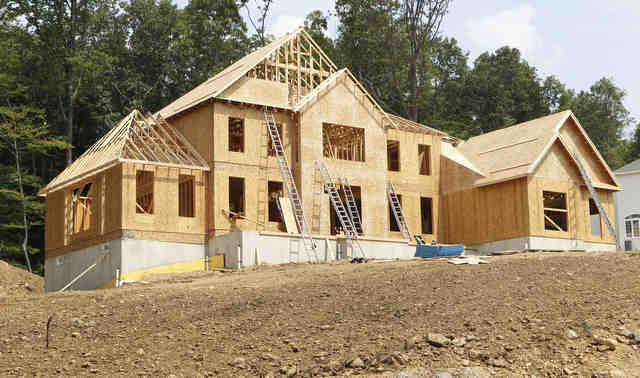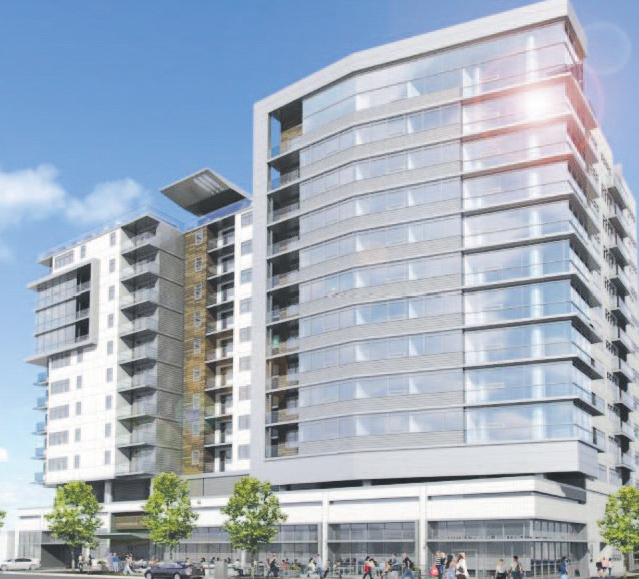Metro Denver’s housing market got off to a respectable start in January, with prices steady despite a rising number of homes sold and a tight inventory, according to a report Tuesday from Metrolist, which runs the metro area’s multiple listing service. Last year, metro Denver home sales started strong and accelerated into the spring, fueled by a drop in mortgage rates and a lack of homes available for sale.
Mortgage rates are higher this year, as are home prices, which should make it easier for sellers to list their properties and keep the market more in balance this time around. The average price for new and existing homes in January, both attached and detached, was $302,251, down 3 percent from December and up 10 percent year over year.
There were 3,342 homes sold in January, a 3 percent increase from December’s tally and 13 percent more than in January 2013. The supply is up slightly, with the number of active listings in January 2014 up 5 percent from December 2013, but the market is still very tight. If you are thinking of moving to Denver, now would be the time—homes are consistently becoming less available and higher in price.






